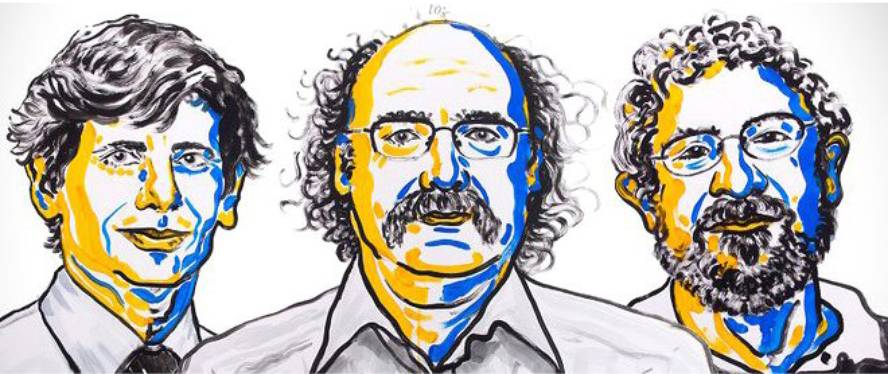Nobel Prize in Physics to those who discovered the secrets of exotic matter

The Nobel Foundation has announced that David J. Thoules, F. M. Duncan Haldane and J. Michael Kosterlitz will be the winner of the 2016 Nobel Prize in Physics for theoretically explaining the topological phase transitions and the topological phases of matter, thus clarifying some strange phenomena of flat matter.
The three winners have explained by topology some phenomena that take place in phases or anomalous situations of matter, such as superconductors and superfluids. Kosterlitz and Thouless investigate phenomena occurring in flat areas. These flat areas can be very thin surfaces or layers, considered two-dimensional. And Haldan has also researched very fine threads that are considered one-dimensional.
The physical phenomena occurring in these areas are very different from those occurring in the traditional three-dimensional world. Researchers are constantly discovering new phenomena.
The winners opened a window to this mysterious two-dimensional or one-dimensional world. And they did it through topology. Topology is a branch of mathematics that studies structures. Topology describes the properties of an object that are maintained when tightening, bending, stretching, etc. but not by breaking it. The winners obtained surprising results with modern topology.
In the early 1970s, Kosterlitz and Thouless revolutionized a theory that had until then been accepted: that in thin layers there could be no superconductivity and superfluidity. The possible superconductivity at low temperatures was checked and the mechanism was explained.
And in the 1980s Thouless and Haldan revolutionized other earlier theories. Thouless demonstrated that the existing quantum theory to explain the conductivity of materials was insufficient to explain what was happening at low temperatures and strong magnetic fields. This required a new theory in which topological concepts were necessary. The quantum Hall effect is the phenomenon that Thouless then theoretically described.
At the same time Haldane reached similar conclusions. He demonstrated that topology concepts can be used to understand the properties of magnetic atom chains. Thus, he discovered the first topological material: chains of even magnetic atoms.
The chains of even magnetic atoms and the quantum fluid Hall are two examples of the topological states of matter. Others have also been found that were not expected later, not only in chains and thin layers, but also in three-dimensional materials. Today we talk about topological insulators, topological superconductors and topological metals in tip physics, as it is believed that these materials will be useful for the development of a new electronics, superconductors or quantum computers.





